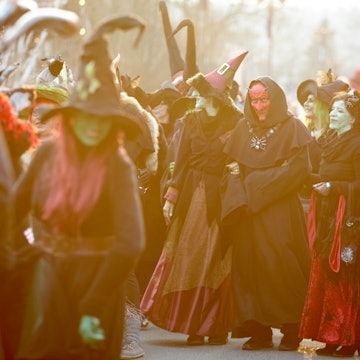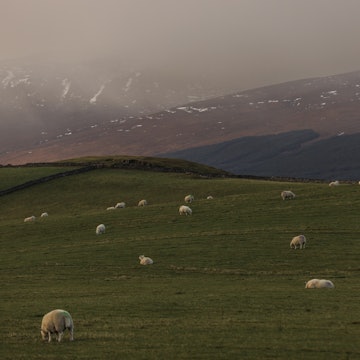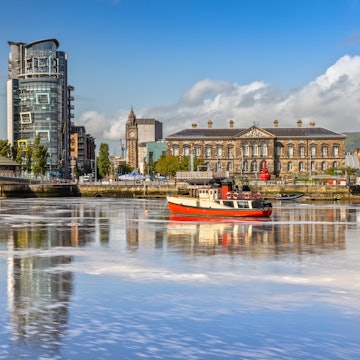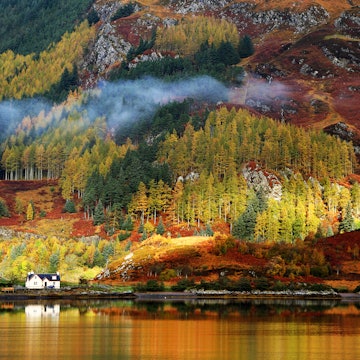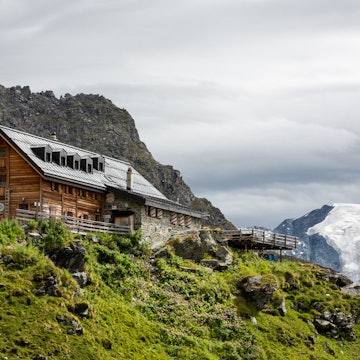
Edinburgh vs Glasgow: Which beloved Scotland city will you see next?


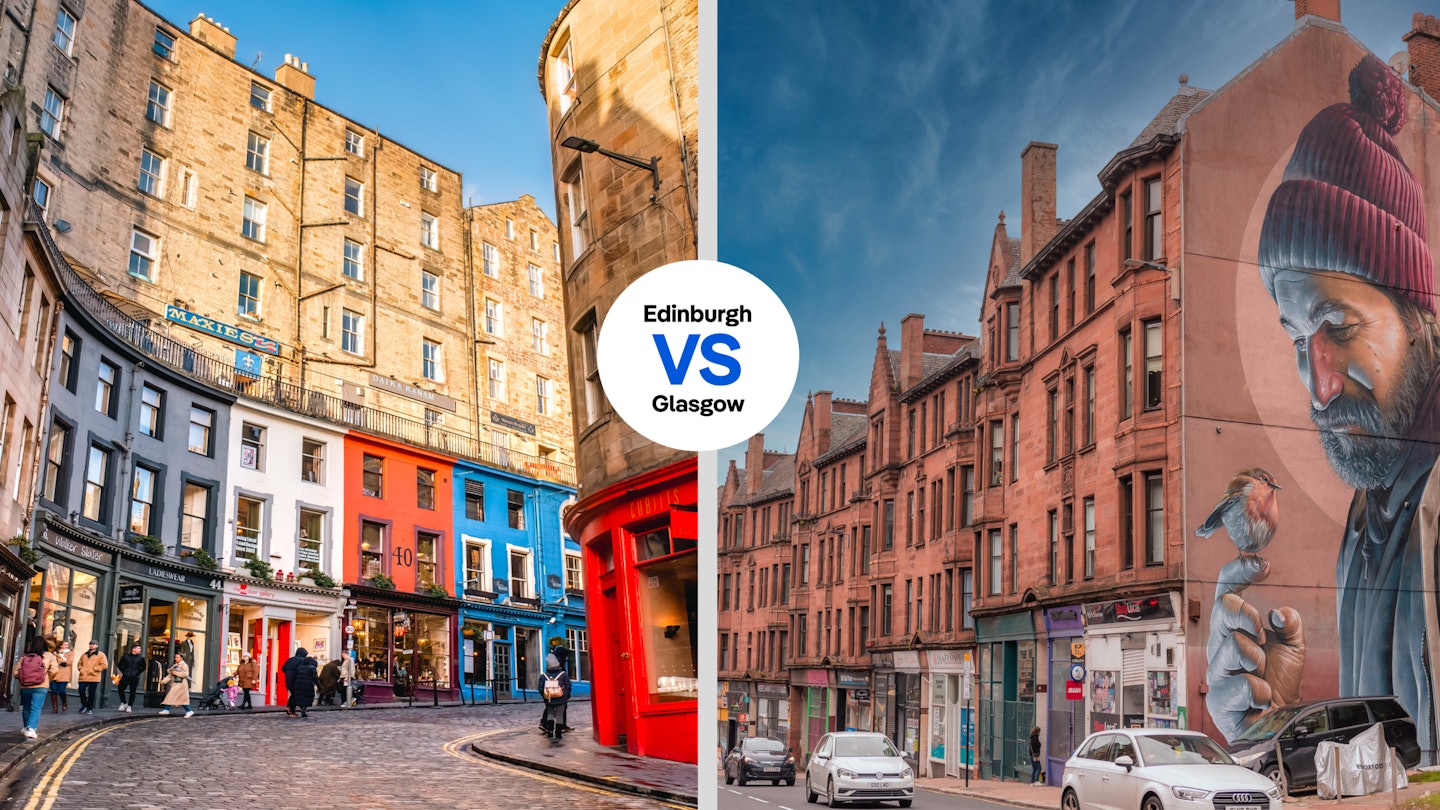
Edinburgh (left) is Scotland's capital, but Glasgow (right) is its largest city. Left, Jennifer Sophie/Getty Images. Right, Abhishek Banik/Getty Images.
Less than an hour apart by train, Glasgow and Edinburgh are firm but friendly rivals, each showcasing a different side to Scotland's character. If you take a trip to Scotland, you'll likely start from one city or the other, with trains and planes dropping in daily from around the UK and across the world.
But which city should you choose for a first stop in the land of whisky, glens and Nessie? Cultured Edinburgh, with its grand monuments and tartan trim? Or convivial, unpretentious Glasgow, with its working-class soul? Here, two of our writers make the case for the cities they love to help you decide.

Why Edinburgh is the best place to go
Edinburgh is the stuff of fairytales and can’t be topped
After an impactful first visit to Edinburgh in 2008 and several years living in London, Kathryn Streeter’s children later attended the University of St Andrew, starting a season of biannual visits to Edinburgh. Today, her daughter is married to a Scot and lives in Edinburgh, ensuring this pattern of visits will continue.
The smaller of Scotland’s two major cities, the 900-year-old capital feels intimate and knowable, with its iconic Old Town perched on an ancient volcanic rock on the Firth of Forth. A majestic castle, showy landmarks and twisting alleys are sure to razzle-dazzle. Adding a dash of spice, the 18th-century New Town is decked out with Georgian townhouses, designer shops and elegant squares.
Edinburgh evokes affection and presents itself as an endlessly interesting old friend, while also sizzling with enchantment. A UNESCO World Heritage site, it’s fairytale material and can’t be topped for all of Glasgow’s endearing virtues.

To me, Auld Reekie’s varied topography and sea views are fundamental to its appeal. Sitting on Seven Hills, the craggy, uneven landscape naturally adds pop with a romantic winding web of steep roads delivering hidden discoveries around every turn.
Adjacent to Princes Street Gardens at Waverley Station – named for Sir Walter Scott’s novel – the charm offensive begins. Prepare for sensory overload when you exit. In one direction, find Scott’s towering 200-foot monument, the grand 5-star hotel The Balmoral, a main thoroughfare and New Town. Shifting your gaze, relish your first glimpse of the ancient fortress city with spikey Gothic spires jutting skyward.
Old Town runs along the bustling Royal Mile with Edinburgh Castle at its peak on Castle Rock, boasting the city’s oldest structure, St Margaret’s Chapel. Its base is anchored by the Palace of Holyroodhouse, residence of the Royal Family, and the modern Scottish Parliament.
Reminders of the past – military, political and religious – lie everywhere with an abundance of the macabre from the burning of witches at the castle, gruesome public executions, to the palace murder of Mary, Queen of Scots’ lover. In the tight labyrinth of wynds and closes, descend into an underground world strewn with haunted tales via a Mary King’s Close ghost tour. St Giles’ Cathedral, which dates from 1124, is synonymous with John Knox and the Scottish Reformation – and is where Queen Elizabeth II lay in state.

Shops carrying souvenirs, prized whisky and Harris Tweed line the street while cheery buskers and bagpipers fill the air with music – a hint of what happens during the raucous Fringe festival. Explore the cross streets of Canongate and oft-photographed Cockburn. Brightly painted Victoria Street leads to Grassmarket, a lively open space dotted with pubs.
In UNESCO’s first City of Literature, you’ll feel surrounded by literary heroes responsible for the Scottish Enlightenment, Jekyll and Hyde, Sherlock Holmes, Waverley, Peter Pan, Burns Night and Harry Potter. Take a Harry Potter tour to discover what inspired the creation of Hogwarts and the villain Tom Riddle. Brodie’s Close sheds light on the individual behind Robert Louis Stevenson’s protagonist, the train station displays famous lines from Sir Walter Scott’s works, and numerous landmarks celebrate leaders of the enlightenment.

Less touristy, New Town is eye candy, a spray of stylish squares, shops and townhomes, wine bars and upmarket dining. Find a bench at St Andrew Square to people-watch before rambling along the Water of Leith Walkway. Some of my favorites, the trendy neighborhoods of Stockbridge and Dean’s Village, are worthwhile to explore.
The city also offers an abundance of green spaces and hill walking. Don’t miss The Meadows by the University of Edinburgh, Bruntsfield Links (with a free golf course) and Holyrood Park. Explore the gentle heather-adorned Salisbury Crag and, if you're ambitious, continue up to Arthur’s Seat, the highest peak. From Calton Hill at the southeast end of New Town, enjoy commanding city views.
Superb public transportation complements its walkability. A tram connects the airport and a superb bus system uses an easy-to-navigate app. And if you're flying into London Heathrow, hop on a train which lets out at Waverly, where you can walk, bus or taxi to your accommodations. Of course, if you’re curious, Glasgow is but a 42-minute train ride away – but I doubt you’ll be able to tear yourself away.

Why Glasgow is the best place to go
Choose Glasgow for authentic urban charm
Neil Wilson was born and raised in Glasgow – his grandparents were servants on Pollok Estate (now home to the Burrell Collection) – but defected to Edinburgh for university and stayed there for three decades. He has written about Scotland for Lonely Planet for more than 25 years and authored the latest edition of Pocket Glasgow.
You can tell a lot about a city from its monuments. Edinburgh’s – most famously the soaring Gothic spire commemorating historical novelist Sir Walter Scott – speak of lofty Enlightenment ideals, of a city steeped in literature and philosophy.
On the other hand, Glasgow’s best-known monument is the equestrian statue of the Duke of Wellington that stands in Royal Exchange Square, famous not for its aristocratic subject but for the traffic cone that sits atop the duke’s head. The cone first appeared in the 1980s, and no matter how many times the authorities remove it, it keeps being replaced – a symbol of Glasgow's sense of humor and its democratic will, a reminder that Glaswegians are deeply proud of their working-class background and anti-establishment tradition.
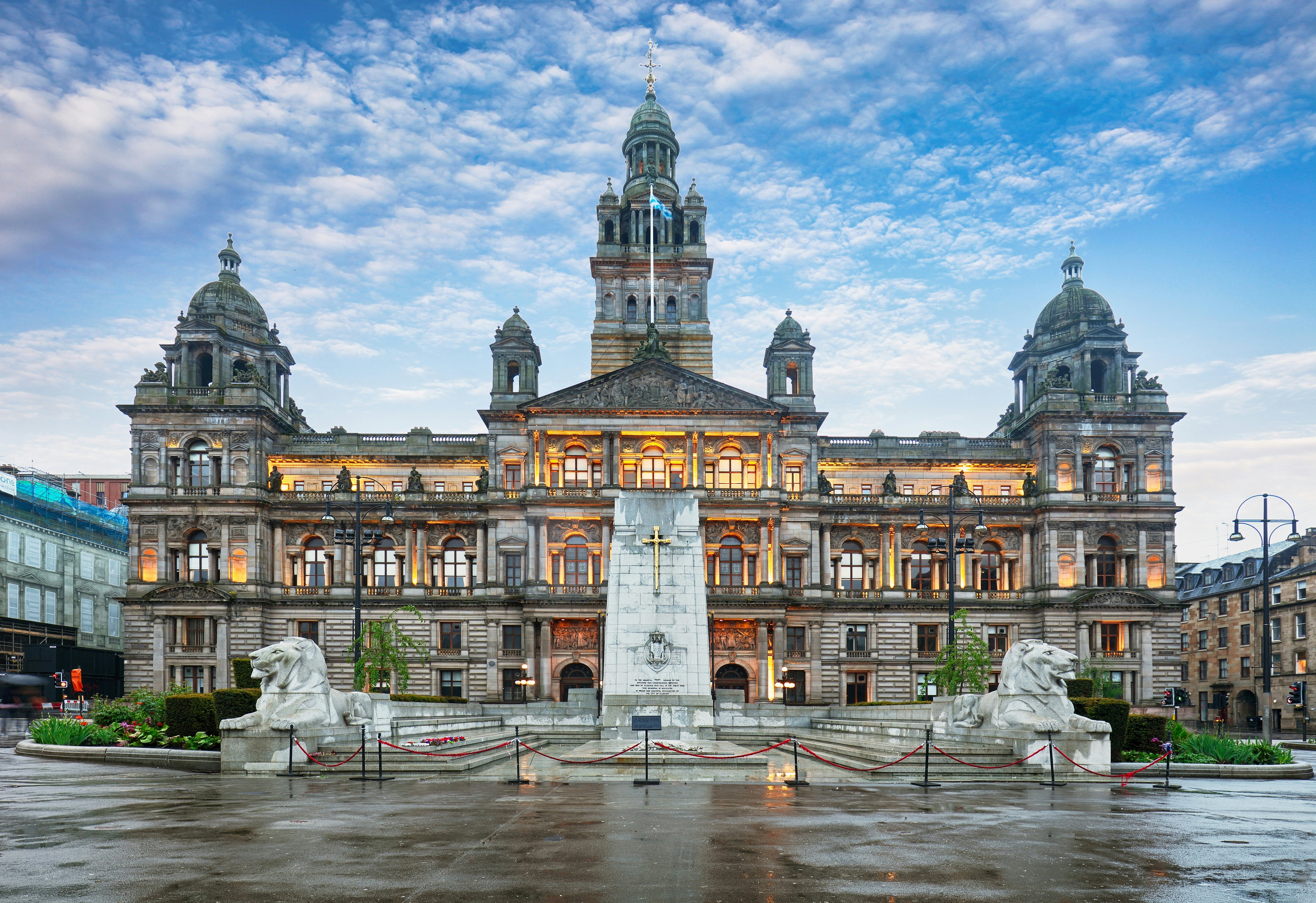
For me, that sums up the great appeal of Glasgow – a city that is creative and iconoclastic; that doesn’t take itself too seriously; that is prepared to puncture the pompous pretensions of anyone who thinks themselves superior.
Scotland’s tale of two cities is the story of an ancient rivalry between close neighbors: one wealthy, middle-class and a bit standoffish, the other poorer but friendlier and proudly working class. Get into a conversation in Edinburgh, and you’ll be asked which school you went to; in Glasgow, it’s which football team you support.
I’ve heard detractors say that Glasgow lacks the beauty of Edinburgh with its picturesque castle and elegant Georgian New Town. But Glasgow is one of the greenest cities in the UK, and on a sunny day the view from the top of the Glasgow Tower takes some beating, with the River Clyde unravelling a blue ribbon through the city sprawl and the Highland hills hugging the northern horizon.

The city center is a feast for the eyes, if you only look up. The streets are lined with magnificent Victorian architecture – John Betjeman, Britain’s former poet laureate, described Glasgow as “the greatest Victorian city in the world” – and huge mural paintings; my favorites include St Mungo (Glasgow’s patron saint, depicted as a homeless person) and Glasgow-born comedian Billy Connolly.
Once the powerhouse of the British Empire, with its long tradition of shipbuilding and heavy engineering, Glasgow fell on hard times after World War II, a period that established its reputation for post-industrial decline. But since the Garden Festival of 1988 changed perceptions of the city, it has bounced back in a big way to become one of Britain’s liveliest and most engaging destinations.

Take a bike ride along the Clyde Walkway where the former shipyards have been redeveloped into a waterfront parade of modern architecture, from the distinctive zinc-clad forms of the SEC Armadillo and the Science Centre to the waveform roofline of Zaha Hadid’s spectacular Riverside Museum. Speaking of which, Glasgow’s museums and art galleries are world-class, with the breathtaking Burrell Collection, Kelvingrove and Hunterian beating Edinburgh’s offerings into second place.
And when it comes to eating out, Glasgow can easily hold its own against the capital. The Ubiquitous Chip, opened in 1971 and still going strong, was ahead of the game in promoting local produce and celebrating the best of Scottish cuisine (the name is a sly dig at our deep-fried culinary reputation). Fun fact: US TV host Craig Ferguson and Harry Potter actress Kelly Macdonald both worked here before they were famous.
Perhaps the most appealing aspect of the Glasgow vs Edinburgh rivalry is that you don’t really have to choose between them – the two cities are only 50 minutes apart by rail, making each an easy day trip from the other. And as any Glaswegian will be happy to inform you, the best thing to come out of Edinburgh is the train to Glasgow.











